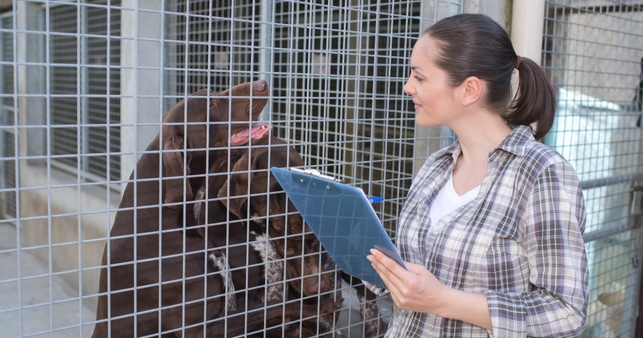
The wait is over for thousands of parents across the nation. [1] The Albanese government has announced a staged increase to paid parental leave from 18 weeks to 26 weeks to be rolled out by July 2026. Increasing parental leave comes on the steps of the Job Summit held last month where strong arguments were made about the lack of entitlements hindering the progress of women in the workforce.
While many think this is a step in the right direction albeit a decade late; there are still some who feel that this is a very bold move to make midst the uncertainty of the future, chronic labour shortages, a looming recession and potential future interest rate increases by the RBA.
Mr David Price, CEO of Employsure, Australia’s leading workplace specialists in employment relations and health and safety, commented, “This is a milestone win for all parents and parents to be and one to be celebrated. Where there are robust parental leave benefits, there is every potential to boost economic opportunities and professional development within the labour force.”
However, the question remains as to what business owners and employers need to do in the interim to prepare for these changes. What do they need to consider when factoring leave entitlements?
Mr Price further commented, “Small to medium businesses with employer funded paid parental leave will need to start the process of evaluating their employee leave policies. Finding the right balance with employees who are eligible for both government funded, and employer funded paid parental leave can be confusing and challenging to navigate. This is where Employsure can step in and advice business owners on their obligations towards their employees.”
“Employers need to be empowered and adequately prepared for these changes to ensure eligible employees are awarded their entitlements. However, if a business does not have an employer funded parental leave scheme, it is extremely important that they have active leave policies that take into account accurate employee entitlements and eligibility. These policies act as protection for the business and support for employees who can access other forms of leave or payment.” concluded Mr Price.
While we have a long way to go before these changes are fully implemented and passed into legislation, this seems a positive start for parents and for the Australian workforce. When fully executed, this would ensure full participation of women in our economy and unlock their untapped potential.
[1] Paid parental leave: Will Australia’s reforms help close the gender pay gap? | SBS News



